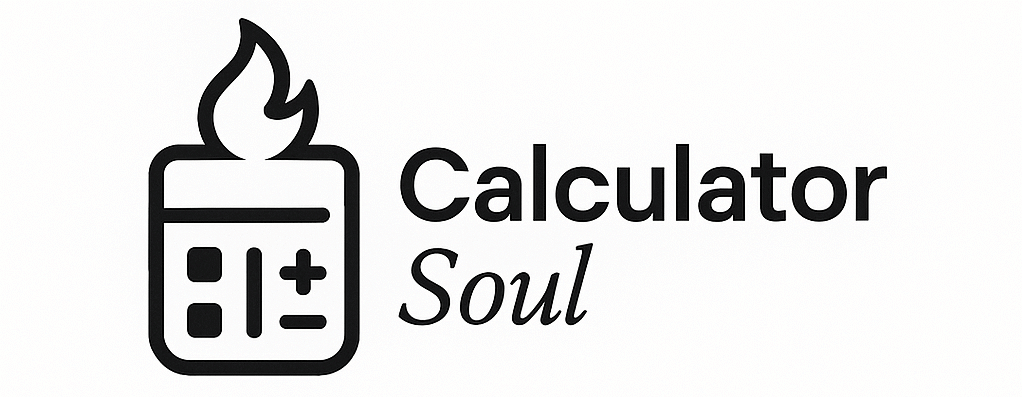🔢 Pascal's Triangle Calculator
Generate stunning triangular patterns and calculate specific values with ease!
Range Calculator
Specific Value
📚 Pascal’s Triangle Calculator
🎯 What is Pascal’s Triangle?
Pascal’s Triangle is a fascinating mathematical pattern where each number is the sum of the two numbers directly above it. It’s named after French mathematician Blaise Pascal, and it appears everywhere in mathematics – from probability to algebra!
🔢 How to Use This Calculator
1. Range Calculator Mode
Perfect for exploring patterns and completing homework assignments!
Step-by-Step:
- Set Your Rows: Enter which rows you want to see (like rows 0-7)
- Choose Column Range (optional): Focus on specific parts of the triangle
- Enable Helpers:
- ✅ “Show row numbers” – see R0, R1, R2…
- ✅ “Show column numbers” – see Col 0, Col 1, Col 2…
- Click “Generate Triangle” – Watch the magic happen!
Great For:
- 📖 Homework assignments asking for “the first 8 rows”
- 🔍 Pattern recognition exercises
- 📊 Visual learning and note-taking
2. Specific Value Calculator
When you need just ONE answer quickly!
Step-by-Step:
- Enter Row (n): The row number you’re looking for
- Enter Column (k): The position within that row
- Click “Calculate Value” – Get your answer instantly!
Perfect For:
- 🧮 Homework problems like “Find C(10,3)”
- ⚡ Quick calculations during tests
- ✅ Checking your manual calculations
📖 Real Student Examples
Example 1: Basic Homework
“Find the first 6 rows of Pascal’s Triangle”
- Set Start Row: 0, End Row: 5
- Check “Show row numbers”
- Click Generate!
Example 2: Specific Problem
“What is the value at row 7, position 3?”
- Row (n): 7, Column (k): 3
- Click Calculate Value
- Answer: 35
Example 3: Pattern Study
“Show me only columns 2-4 for rows 4-8”
- Rows: 4 to 8
- Columns: 2 to 4
- Check “Limit columns” and “Show column numbers”
🌟 Study Tips & Tricks
🔍 Pattern Recognition
- Edges are always 1: Every row starts and ends with 1
- Symmetry: Each row is symmetric (reads the same forwards/backwards)
- Sum Pattern: Each row’s sum doubles the previous row (1, 2, 4, 8, 16…)
📚 For Different Subjects
Algebra Students:
- Use for binomial expansion: (a+b)^n
- The coefficients match Pascal’s Triangle row n!
Probability Students:
- Each number shows combinations: “How many ways to choose k items from n items”
- Formula: C(n,k) = n!/(k!(n-k)!)
Geometry Students:
- Look for triangular numbers, square numbers
- Connect to other mathematical sequences
🎓 Common Student Questions
Q: “Why do some positions show dots?” A: Those are placeholders when you limit columns – they show where numbers would be in the full triangle.
Q: “What’s the formula showing me?” A: It’s the mathematical way to calculate any position without building the whole triangle!
Q: “Can I use this for tests?” A: Check with your teacher! It’s great for checking answers and understanding patterns.
Q: “How big can the numbers get?” A: Very big! The calculator works up to row 170 before numbers get too large.
🚀 Quick Start Checklist
For your first time:
- [ ] Try the default settings (rows 0-5)
- [ ] Check both “show numbers” boxes
- [ ] Generate the triangle
- [ ] Try calculating C(5,2) = 10
- [ ] Experiment with different ranges!
💡 Pro Student Tips
- Take Screenshots: Save your triangles for study notes
- Compare Patterns: Generate different ranges and compare
- Verify Manually: Use small triangles to check your hand calculations
- Explore Connections: See how it relates to your current math topics
Remember: Pascal’s Triangle isn’t just about memorizing – it’s about seeing the beautiful patterns that connect different areas of mathematics! 🎨✨
